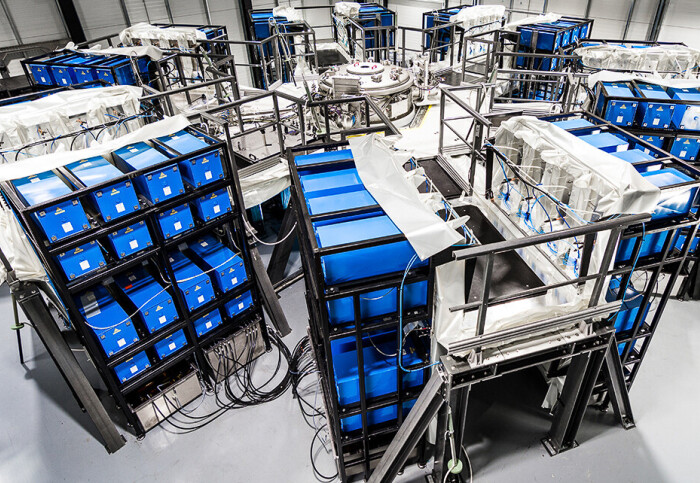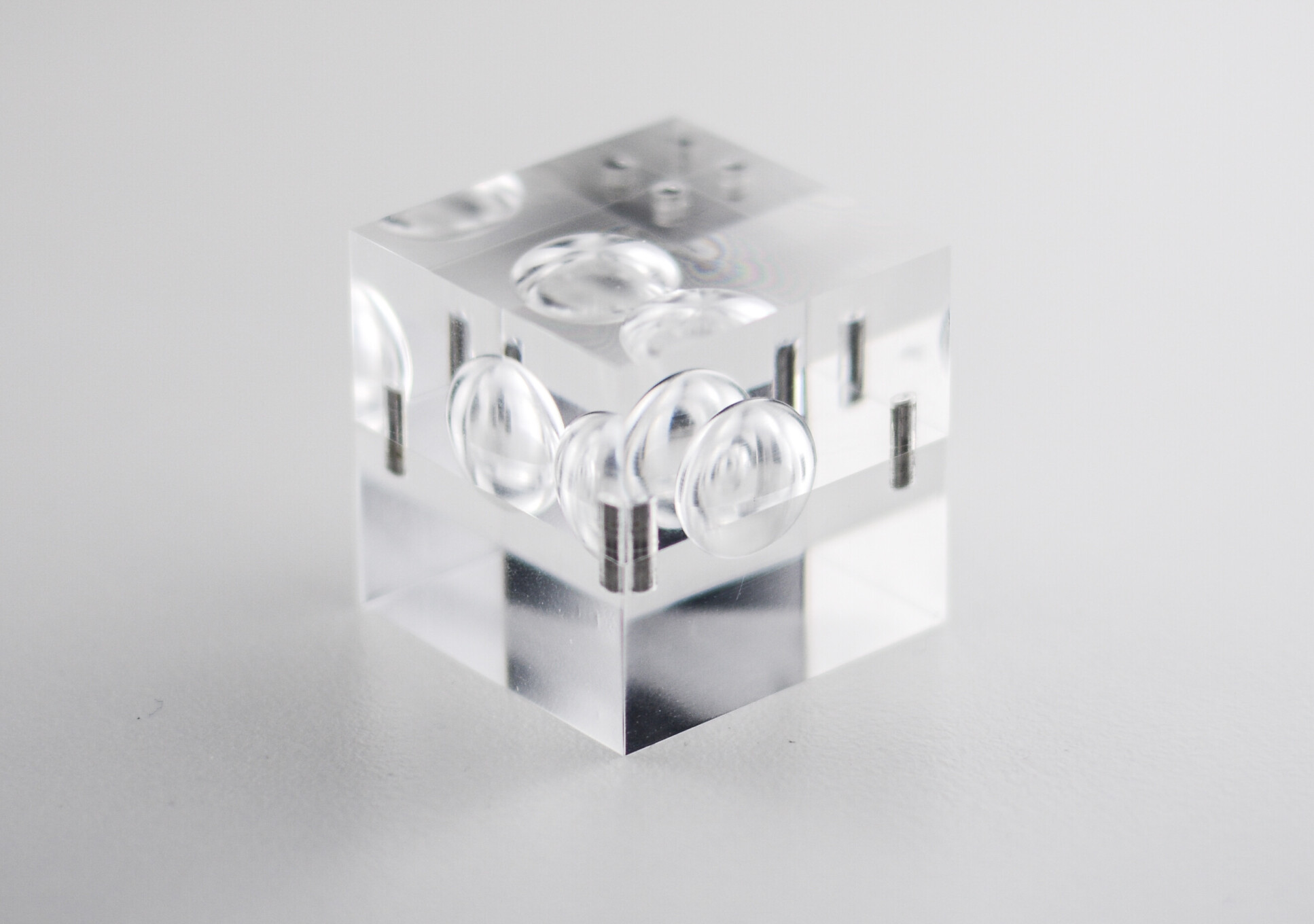Imperial academic lead in £12 million fusion power industry partnership

Researchers will explore a new method for creating fusion power that they hope could eventually be scaled to provide safe, clean, and abundant energy.
Imperial is the academic lead on a new project backed by a combined £12 million funding from the UK company behind the new method, First Light Fusion, and Engineering and Physical Sciences Research Council's Prosperity Partnership scheme. The researchers will join forces with partners from the Universities of Oxford and York, and Oxford spinouts First Light Fusion and Machine Discovery, to further develop the new approach.
A new approach to fusion
Nuclear fusion occurs when the nuclei of two atoms, for example hydrogen atoms, are combined to create a different element such as helium, releasing a huge amount of spare energy due to the difference in weight between the atomic ingredients and the newly created atom. Fusion reactions can be created using easy-to-obtain fuel sources such as the hydrogen isotope deuterium, found abundantly in nature, in principle safely with zero greenhouse gas emissions and without long-lived radioactive waste.
An ultra-velocity projectile is fired at a specially designed target that amplifies and concentrates the resulting shockwaves to fuse two hydrogen isotopes.
The challenge, however, is to create fusion reactions, which require intense heat and pressure, without using more energy than the reactions release. Researchers at Lawrence Livermore National Laboratory made a major breakthrough late last year when, in a world first, they achieved a net energy gain. However, the experiment only generated enough energy to boil a few electric kettles, and question marks remain regarding the scalability of their method and of fusion power in general.
First Light Fusion has devised a new approach it believes could prove more scalable than those tried so far. In this approach an ultra-velocity projectile is fired at a specially designed target, the key technology in the company’s approach, which amplifies and concentrates the resulting shockwaves enough to fuse two hydrogen isotopes enclosed inside. This new projectile approach to inertial fusion is simpler, more energy efficient, and has lower physics risk.
Extremes of heat and pressure

Under the new partnership, researchers from across the three universities and two companies will work together to study the behaviour of materials at extreme temperatures, pressures, and densities, examining how heat, matter, and radiation flow at interfaces between materials that have vastly different properties.
“By exploring these exciting, relatively unknown conditions and learning about matter and radiation transport here, we hope to significantly improve physics models of the processes involved for the whole High Energy Density Science community. These will enable First Light to design much more efficient, higher yield targets that could potentially lead the way to ‘on grid’ power production,” said Dr Simon Bland in Imperial’s Department of Physics, principal investigator on the project.
Dr Bland will be joined at Imperial by several co-investigators in the departments of Physics and Chemical Engineering who will work to support First Light’s ambition to make fusion scaleable.
“This grant, which First Light is match funding to bring it to £12 million, will be a vital platform in recruiting the best and the brightest physicists to First Light, and more critically, unlock important physics research as we continue with our mission of solving the problem of fusion power with the simplest machine possible,” said Dr Nick Hawker, Co-founder & CEO of First Light Fusion.
Photo at top shows the M3 machine used by the First Light Fusion team to launch projectiles at the hypervelocity required to test its fusion targets using extreme electromagnetic forces. Credit: First Light Fusion.
Article text (excluding photos or graphics) © Imperial College London.
Photos and graphics subject to third party copyright used with permission or © Imperial College London.
Reporter
David Silverman
Communications Division